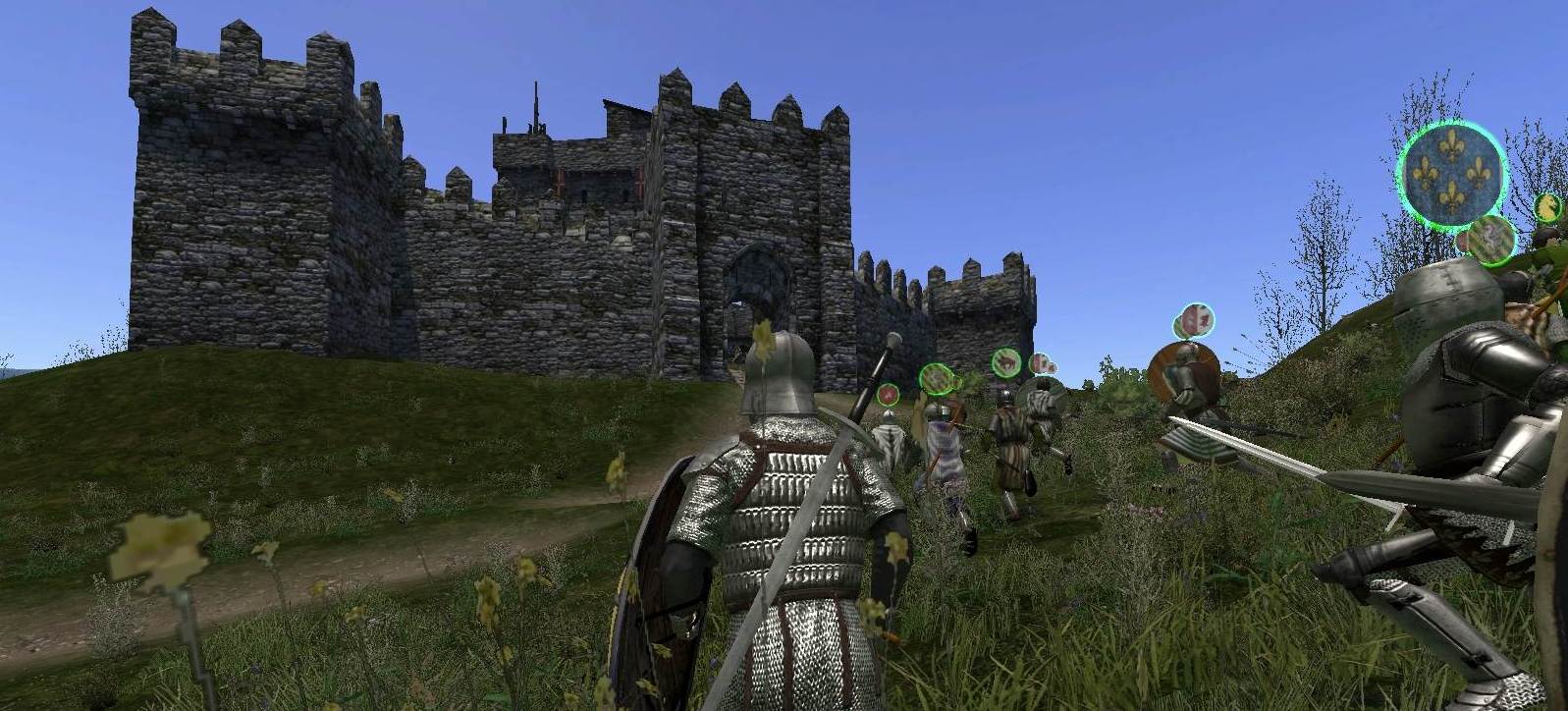Mount & Blade Warband Graphics Mod

Mount & Blade War Band Graphics Mod
The College of Mount Saint Vincent is a private, liberal arts college in New York City that features nationally recognized academics and exceptional, life-changing opportunities for all students.
May 22, 2017 Mount And Blade Warband V1158 Trainer +8 B//Removed because of crashing problems Mount & Blade Warband V1.161 Trainer +8 // Should work on all versions. Mount & Blade Warband V1.167 Trainer +8 Mount & Blade Warband V1.168 Trainer +11 Mount & Blade Warband Floris Evolved V1.167 Trainer +11 //Only works on Floris Evolved mod. Moving a mount If mountflags contains the flag MSMOVE (available since Linux 2.4.18), then move a subtree: source specifies an existing mount point and target specifies the new location to which that mount point is to be relocated. The move is atomic: at no point is the subtree unmounted.

This article needs additional citations for. Contents.Overview A mount point is a location in the used as a root filesystem.
Many different types of storage exist, including magnetic, magneto-optical, optical, and semiconductor (solid-state) drives. As of 2013, magnetic media are still the most common and are available as and, less frequently,. Before any of them can be used for storage, the means by which information is read and written must be organized and knowledge of this must be available to the operating system. The organization is called a filesystem.
Each different filesystem provides the host operating system with so that it knows how to read and write data. When the medium (or media, when the filesystem is a volume filesystem as in arrays) is mounted, these metadata are read by the operating system so that it can use the storage.Unix-like operating systems often include software and tools that assist in the mounting process and provide it new functionality. Some of these strategies have been coined 'auto-mounting' as a reflection of their purpose.In many situations, file systems other than the root need to be available as soon as the operating system has booted. All Unix-like systems therefore provide a facility for mounting file systems at boot time. System administrators define these file systems in the configuration file (vfstab in Solaris), which also indicates options and mount points. In some situations, there is no need to mount certain file systems at boot time, although their use may be desired thereafter.
There are some utilities for Unix-like systems that allow the mounting of predefined file systems upon demand.Removable media Removable media have become very common with microcomputer platforms. They allow programs and data to be transferred between machines without a physical connection. Common examples include USB flash drives, memory cards, CD-ROMs, and DVDs. Utilities have therefore been developed to detect the presence and availability of a medium and then mount that medium without any user intervention.Some Unix-like systems have also introduced a concept called supermounting, as implemented in the Linux supermount-ng project. For example, a floppy disk that has been supermounted can be physically removed from the system. Under normal circumstances, the disk should have been synchronized and then unmounted before its removal.
Provided synchronization has occurred, a different disk can be inserted into the drive. The system automatically notices that the disk has changed and updates the mount point contents to reflect the new medium. Similar functionality is found on Windows machines.An will automatically mount a file system when a reference is made to the directory atop which it should be mounted. This is usually used for file systems on network servers, rather than relying on events such as the insertion of media, as would be appropriate for removable media.See also.References. Saavn pro activation code.